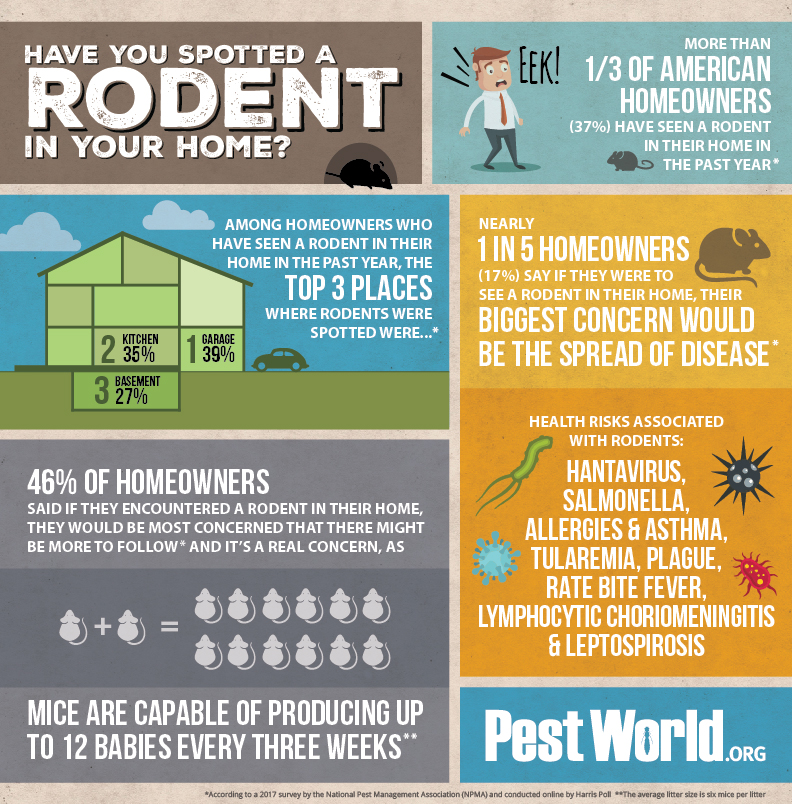Navigating The World Of Bed Vermin: Insights From Pest Management Professionals
Navigating The World Of Bed Vermin: Insights From Pest Management Professionals
Blog Article
Authored By-Pham Cooper
Like a quiet invasion, bed insects can slip into your home, concealing in the darkness and awaiting the best moment to strike. Recognizing their life process is crucial in handling these ruthless insects, and who much better to turn to for advice than the specialists themselves?
In this conversation, you will discover the secrets of the egg stage, the fairy stage, and the adult stage of bed pests, untangling the mysteries behind their durability and persistence. Brace on your own, due to the fact that what you will find will leave you wondering about every little impulse and bite.
The Egg Stage
Throughout the egg stage, bed pests remain in their earliest form, prepared to hatch out and start their life cycle. These tiny eggs are commonly laid in cracks and gaps near the bed bug's feeding location, such as joints of bed mattress or furniture. The women bed bug can disable to five eggs each day, which adds up to hundreds in her lifetime.
The eggs are oval-shaped and about 1mm in size, making them barely noticeable to the nude eye. They have a sticky finishing that helps them comply with surface areas and continue to be in place. The egg phase lasts concerning one to 2 weeks, depending on the temperature level and other ecological aspects.
As soon as natural mosquito killer , the fairies arise, starting their journey towards the adult years.
The Nymph Stage
As the eggs hatch out, the recently emerged fairies embark on their trip towards adulthood, noting the start of the nymph phase in the life cycle of bed bugs. This stage is crucial for their advancement, and recognizing its characteristics can aid in handling these insects properly.
Below are three crucial things to find out about the nymph phase:
1. Size and Appearance: Fairies are little, gauging just about 1.5 mm in size. They're translucent, yet after feeding, their bodies transform reddish-brown. As they grow, they dropped their exoskeletons, leaving molted skins.
2. Feeding Habits: Like grown-up bed pests, nymphs feed on blood. They require to feed numerous times to molt and progress to the next phase. Fairies usually prey on people or animals while they sleep, leaving behind itchy attacks.
3. Development and Reproduction: Fairies experience 5 instars prior to maturating. Each instar requires a blood dish for development. Once they end up being adults, they can replicate and continue the bed bug life process.
Understanding the fairy stage is important for reliable bed pest control. By targeting the nymphs throughout this vulnerable phase, you can avoid their development towards adulthood and halt their problem.
The Adult Stage
After completing their advancement as nymphs, bed bugs get in the grown-up phase. At this stage, adult bed insects are around 4-5 mm in dimension and have a flat, oval-shaped body that is reddish-brown in color. They have 6 legs, antennae, and a little head. Grown-up bed pests are totally efficient in reproducing and proceeding their invasion. browse around this website feed on blood, ideally human blood, and can make it through without a meal for several months. They are mostly energetic in the evening and often tend to conceal in fractures, gaps, and furniture during the day.
Grown-up female bed pests can injure to five eggs each day. These eggs hatch right into nymphs in concerning a week. Comprehending the behavior and life process of adult bed insects is crucial in effectively getting rid of and preventing invasions.
Conclusion
Now that you understand the life process of bed insects, you hold the power to shield your home.
Envision a relaxed evening's rest, free from the torture of these small insects.
By acknowledging the signs and taking prompt activity, you can protect against infestations and guarantee the well-being of your loved ones.
Do not let these tricky pests invade your haven.
Remain alert, stay educated, and rest tight recognizing you're in control.
